Adverse Effects of Light Pollution on the Environment and on Human
Light pollution may also cause adverse effects on environmental and ecosystem. Excessive outdoor lightings may disorient physiological cycles and the movements of animals. In the worst scenario, it would even influence the entire ecological balance of the local living environment. For example:
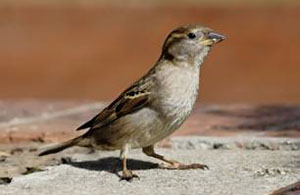
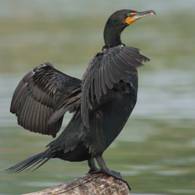
Birds that are waylaid by buildings in urban areas at night often die in collisions with windows. (Squires and Hanson 1918, etc)
Nocturnally migrating birds can be disoriented and entrapped by lights at night. Once a bird is within a lighted zone at night, it may become "trapped" and will not leave the lighted area. (Ogden 1996)
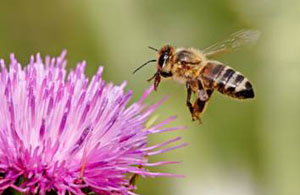
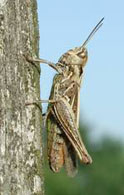
Many groups of insects, including moths, lacewings, beetles, bugs, caddisflies, crane flies, midges, hoverflies, wasps, bush crickets are attracted by lights and died. (Frank 1988, Eisenbeis and Hassel 2000, Kolligs 2000)
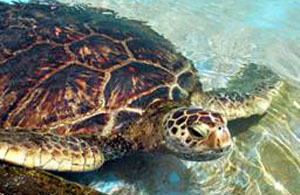
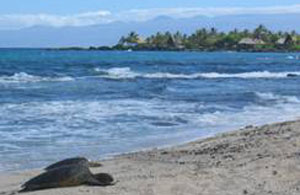
Disorientation lighting on sandy beaches affects the egg-laying behavior of female sea turtles. (Salmon 2003, Witherington 1997)
Many diurnal birds and reptiles, for example, forage under artificial lights. This has been termed the "night light niche" for reptiles and seems beneficial for those species that can exploit it, but not for their prey. (Schwartz and Henderson 1991)
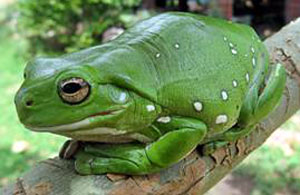
Changes in light level may disrupt orientation in nocturnal animals. The range of anatomical adaptations to allow night vision is broad and rapid increases in light intensity can blind animals. (Buchanan 1993)

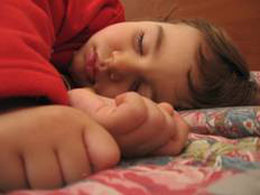
Adverse Effects of Light Pollution on Human Physiology

There is little known on the adverse effects of light pollution on human physiology. You may have heard stories of people living in the immediate vicinity of neon signboard and sports fields annoyed by the excessive illumination. These people are forced to surround their living environments with thick curtains or else they cannot get a proper sleeping environment in their own home. The Environmental Protection Department of the Hong Kong government currently receives about 30-40 complaints on abuse of lightings each year. The number of persons affected may increase in the future due to the growing use of outdoor lighting and due to the increase aware
(Health Council of the Netherlands: Impact of outdoor lighting on man and nature. The Hague: Health Council of the Netherlands, 2000; publication no. 2000/25E)
Pictures source: Wikimedia Commons
Reference
- Buchanan BW. 1993. Effects of enhanced lighting on the behaviour of nocturnal frogs. Anim Behav 45: 893–99.
- Catherine Rich, Travis Longcore, Ecological Consequences of Artificial Night Lighting, Island Press
- Eisenbeis G and Hassel F. 2000. Zur Anziehung nachtaktiver Insekten durch Strasenlaternen – eine Studie kommunaler Beleuchtungseinrichtungen in der Agrarlandschaft Reinhessens [Attraction of nocturnal insects to street lights – a study of municipal lighting systems in a rural area of Rheinhessen (Germany)]. Natur und Landschaft 75: 145–56.
- Frank KD. 1988. Impact of outdoor lighting on moths: an assessment. J Lepidop Soc 42: 63–93.
- Health Council of the Netherlands: Impact of outdoor lighting on man and nature. The Hague: Health Council of the Netherlands, 2000; publication no. 2000/25E.
- Kolligs D. 2000. Okologische Auswirkungen kunstlicher Lichtquellen
auf nachtaktive Insekten, insbesondere Schmetterlinge (Lepidoptera) [Ecological effects of artificial light sources on nocturnally active insects, in particular on moths (Lepidoptera)]. Faunistisch-Okologische Mitteilungen Suppl 28: 1–136. - Ogden LJE. 1996. Collision course: the hazards of lighted structures and windows to migrating birds. Toronto, Canada: World Wildlife Fund Canada and Fatal Light Awareness Program.
- Salmon M. 2003. Artificial night lighting and sea turtles. Biologist 50: 163–68.
- Schwartz A and Henderson RW. 1991. Amphibians and reptiles of the West Indies: descriptions, distributions, and natural history. Gainesville, FL: University of Florida Press.
- Squires WA and Hanson HE. 1918. The destruction of birds at the lighthouses on the coast of California. Condor 20: 6–10.
- Travis Longcore and Catherine Rich, Ecological light pollution, Front Ecol Environ 2004; 2(4): 191–198
- Witherington BE. 1997. The problem of photopollution for sea turtles and other nocturnal animals. In: Clemmons JR and Buchholz R (Eds). Behavioral approaches to conservation in the wild. Cambridge, UK: Cambridge University Press.
